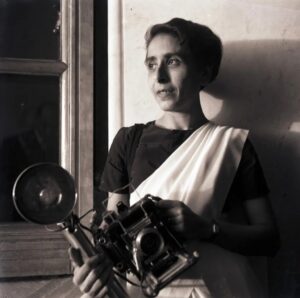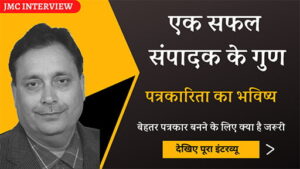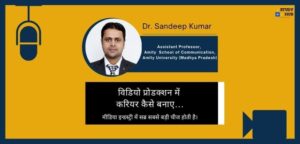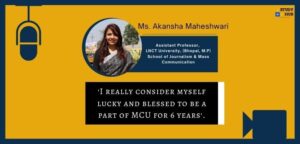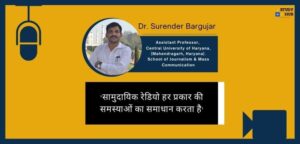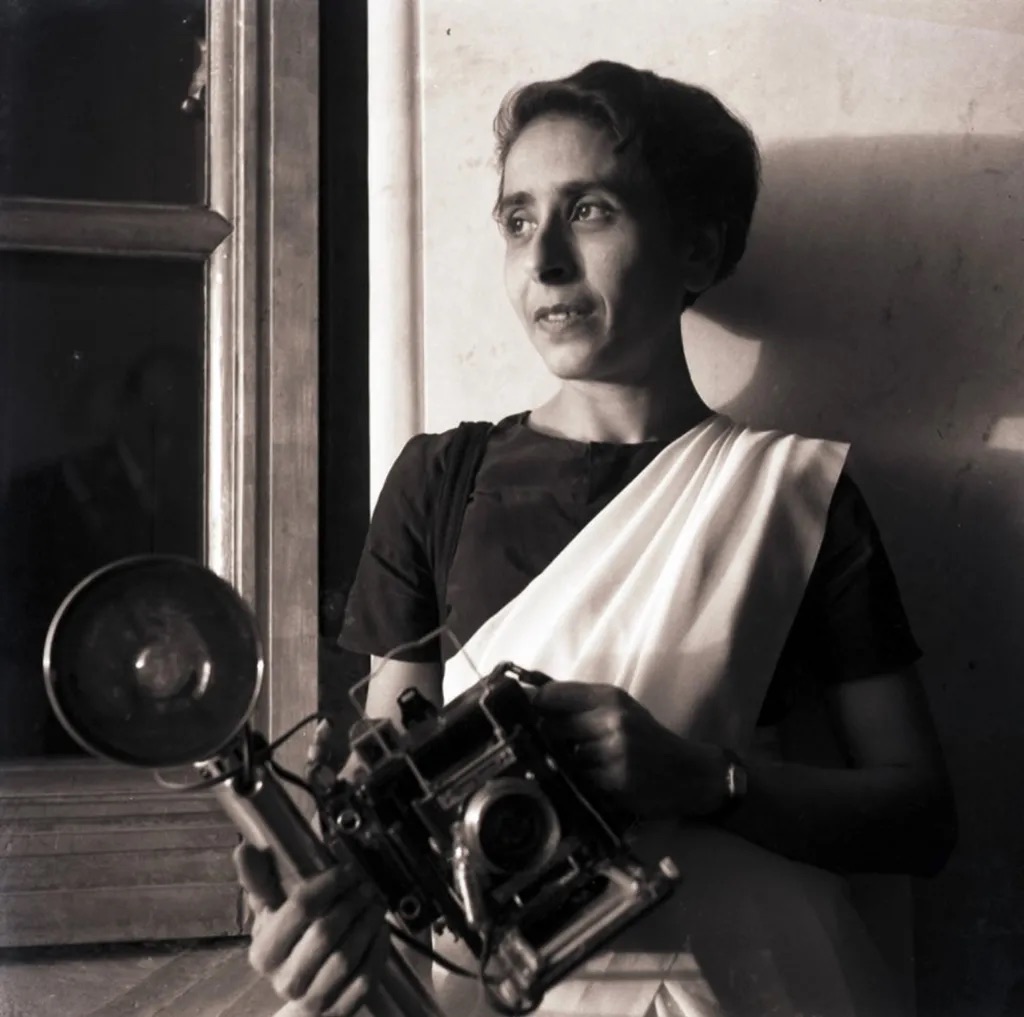A distinction between administrative and critical communication research was first drawn by
(A) Harold Lasswell
(B) Walter Lippmann
(C) Paul Lazarsfeld
(D) Elihu Katz
Correct Ans: (C)
Explanation:
Paul Lazarsfeld introduced the distinction between administrative and critical communication research. His work influenced the study of mass media, shaping how scholars analyze media effects and power structures.
Administrative research focuses on practical, data-driven studies that help organizations, governments, or advertisers. It uses quantitative methods such as surveys and experiments to measure audience behavior, media impact, and advertising effectiveness. This type of research benefits policymakers, media houses, and corporations.
In contrast, critical research examines media’s role in shaping ideology, power structures, and societal control. It often takes a qualitative approach, analyzing how media influences public perception, reinforces dominant ideologies, and maintains social hierarchies. The Frankfurt School scholars, such as Theodor Adorno and Max Horkheimer, contributed to this tradition.
Other scholars also shaped media research but did not introduce this distinction. Harold Lasswell focused on media effects and propaganda. Walter Lippmann analyzed media’s role in shaping public opinion. Elihu Katz contributed to the two-step flow theory and audience studies.
Thus, Paul Lazarsfeld’s classification of administrative and critical research remains a fundamental concept, guiding both applied and theoretical media studies.




